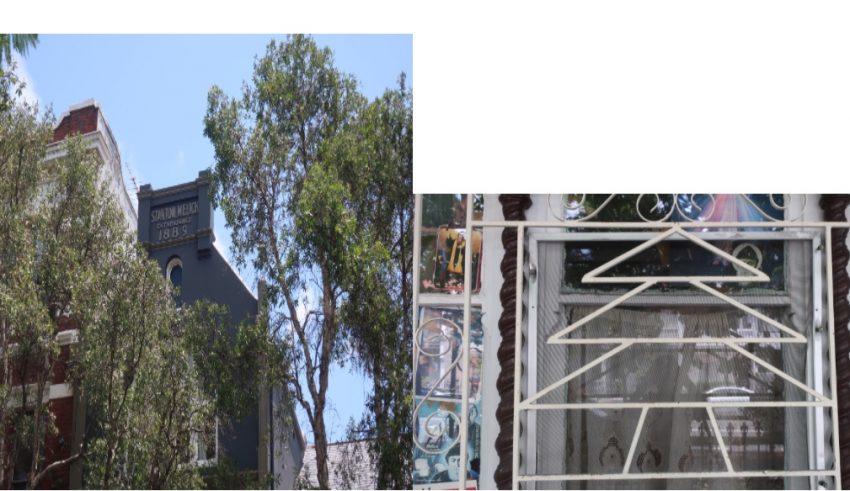
By Jack Bettar
Bankstown, Lakemba and Punchbowl are three of the many suburbs in Sydney we tend to correlate with the Lebanese and Syrian community. But away from these modern associations there is a little-known history of this very cultural group that lies in the most unlikely of places: Redfern.
Immigrants came from the former Ottoman province of Syria, which included modern-day Syria and Lebanon. So, it is important to note that by referring to the ‘Syrians’ of Sydney, I am not restricting their nationality as being from the modern borders of Syria. The Syrians began coming to this country predominately in the 1880s, with religious persecution and political oppression as leading factors along with the search for a better life. Over the next decades, thousands of them settled in and around Redfern, which became their commercial, spiritual and cultural centre in New South Wales.
Buildings such as the (former) St. Michael’s Melkite Church and the Stanton Mellick Warehouse stand to be vivid reminders, and some of the few remaining physical remnants of the vanished ethnic community known to locals as the “Syrian Quarter/Colony”, and of the time where inner city neighbourhoods were the enclave of Syrian Australia. Also known as “Little Syria”, its detractors called it a slum or ghetto.In November, 1892, The Illustrated Sydney News ran a full-page story about the development of a ‘Syrian Colony’:
“…there exists in one of the suburbs of Sydney a rather large colony of Syrian men, women and children, which has become so numerous of late that, within the last couple of weeks, it has been found necessary to open a church for their special benefit, and a few days ago, to found a school for the education of their children.”
It is clear that the Syrian Quarter had established its own distinctive character. The sounds and smells were of Syria and Lebanon and business was undertaken in Arabic. At the time, there was much debate within the ‘white Australian community’ regarding whether the “colony” (as newspapers referred to it) of Syrians was a desirable addition to the general population. The initial existence of the Syrian community caused considerable concern among much of the community perceiving Syrians as having a deleterious impact on society.
Post-Federation, the community had a different perspective of the Syrian community. The local council published commemorative booklets featuring biographies of the most prominent Syrian businessmen, praising their ‘business acumen’, ‘good citizenship’ and support of ‘charitable works’. The largest businesses in Redfern were J.G. Maalouf, Stanton Mellick, George Dan, Joseph Dahdah, Anthony and Simon Coorey and Nasser Abdullah. The Quarter and businessmen would assist greatly in ‘ushering’ new arrivals into Australian economic life.
Today only a handful of remaining Lebanese residents live in Redfern, their identity clear from the Cedar of Lebanon wrought iron details on terrace houses. However even those are erased with “renovations” by new owners. As each month passes, more of this history is lost, and in coming decades, without the preservation of potential heritage items, the history of the Quarter will disappear and live on in books and photos only. If there is a Syrian Quarter it is now a part of a new world of multicultural Australia rather than a separate distinguishable community.


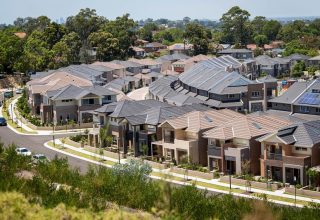
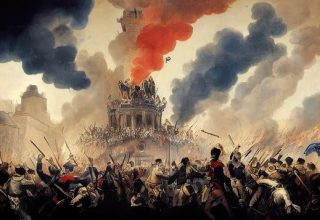
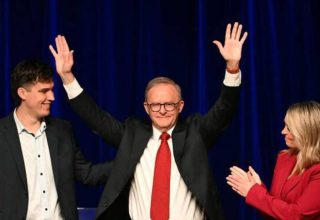

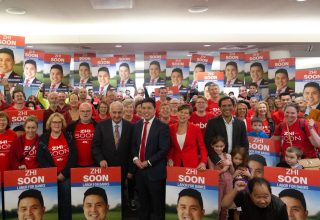
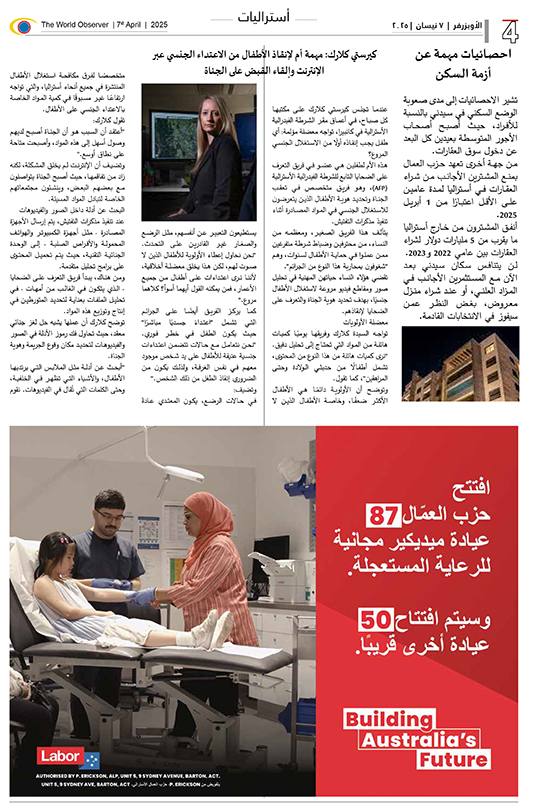
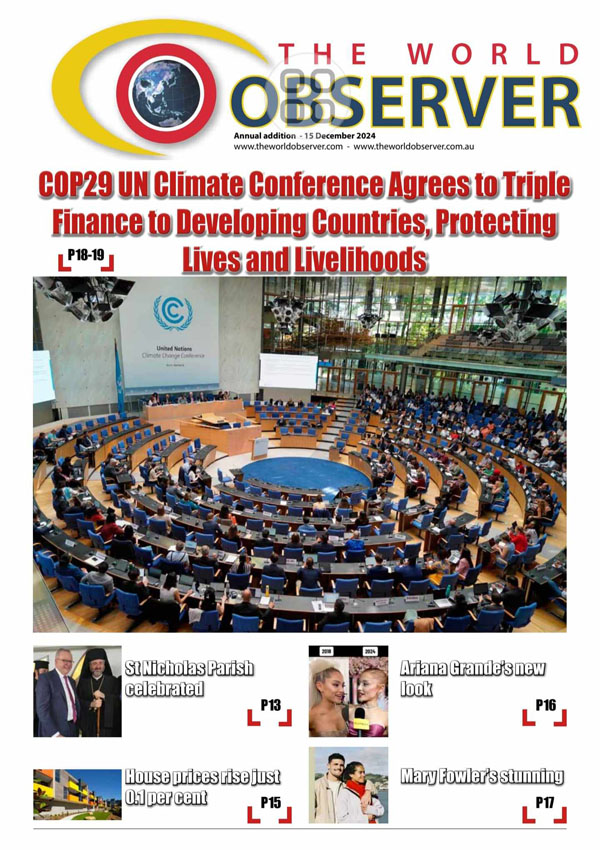
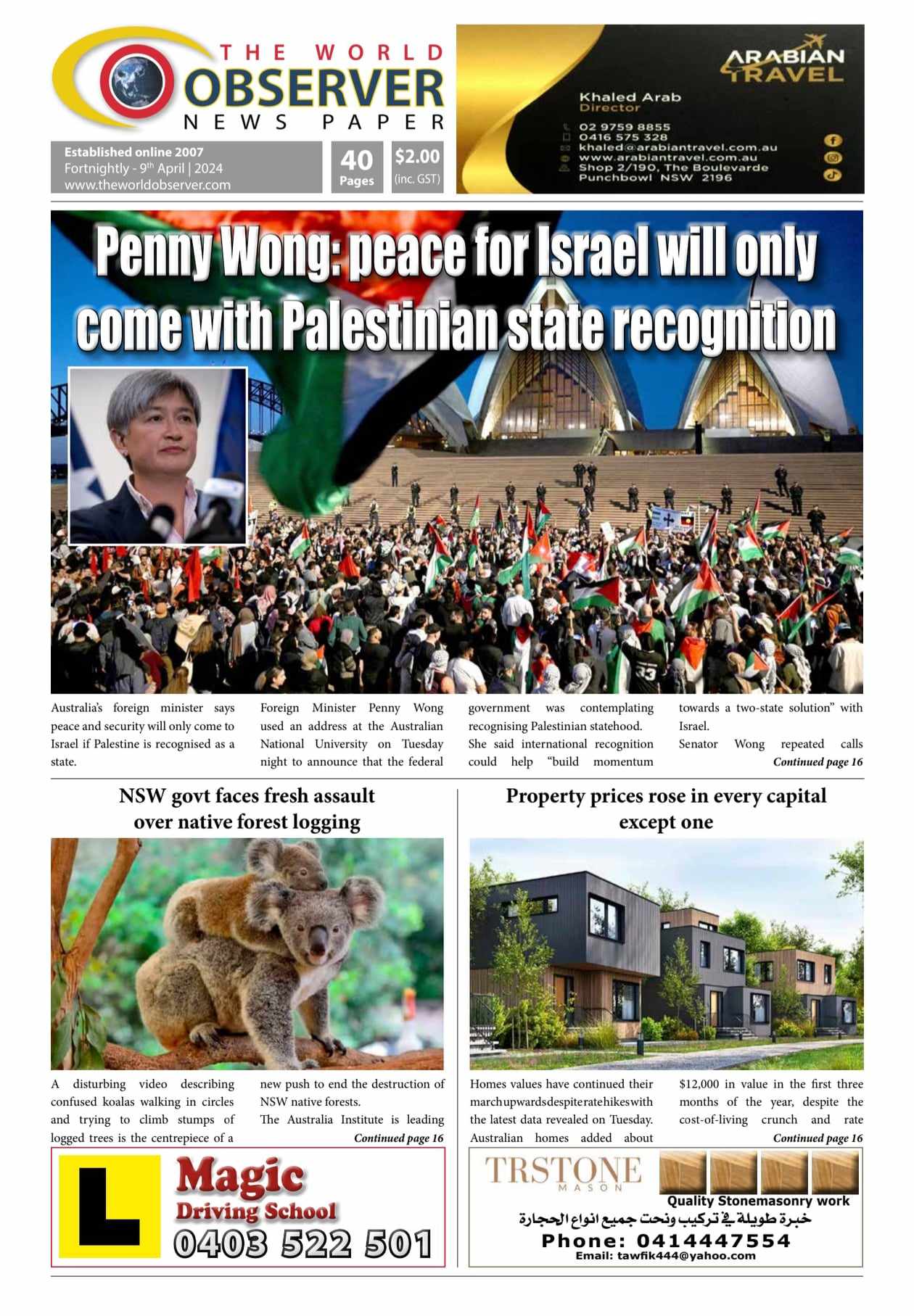
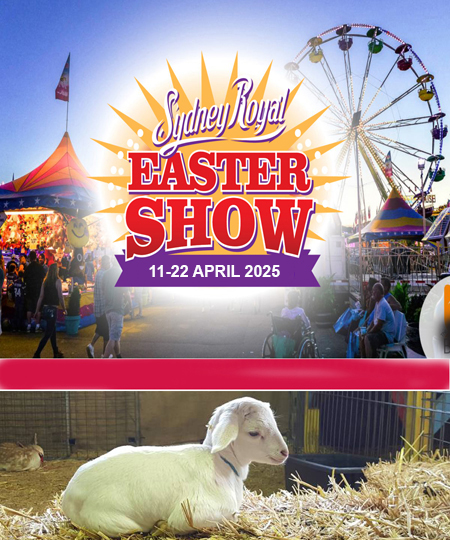
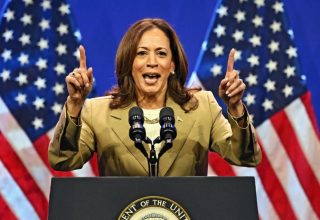



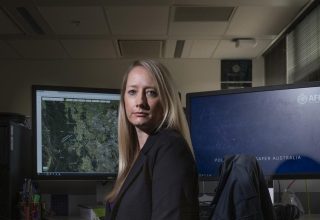























 The World Observer Media produces a daily online newspaper, a daily Arabic online newspaper and a monthly printed Arabic/English magazine and a weekly printed Arabic/English newspaper.
The World Observer Media’s mission is to entertain and educate all generation from the Ethnic Communities in Australia, who are interested in local, national and foreign information.
The World Observer Media produces a daily online newspaper, a daily Arabic online newspaper and a monthly printed Arabic/English magazine and a weekly printed Arabic/English newspaper.
The World Observer Media’s mission is to entertain and educate all generation from the Ethnic Communities in Australia, who are interested in local, national and foreign information. 


